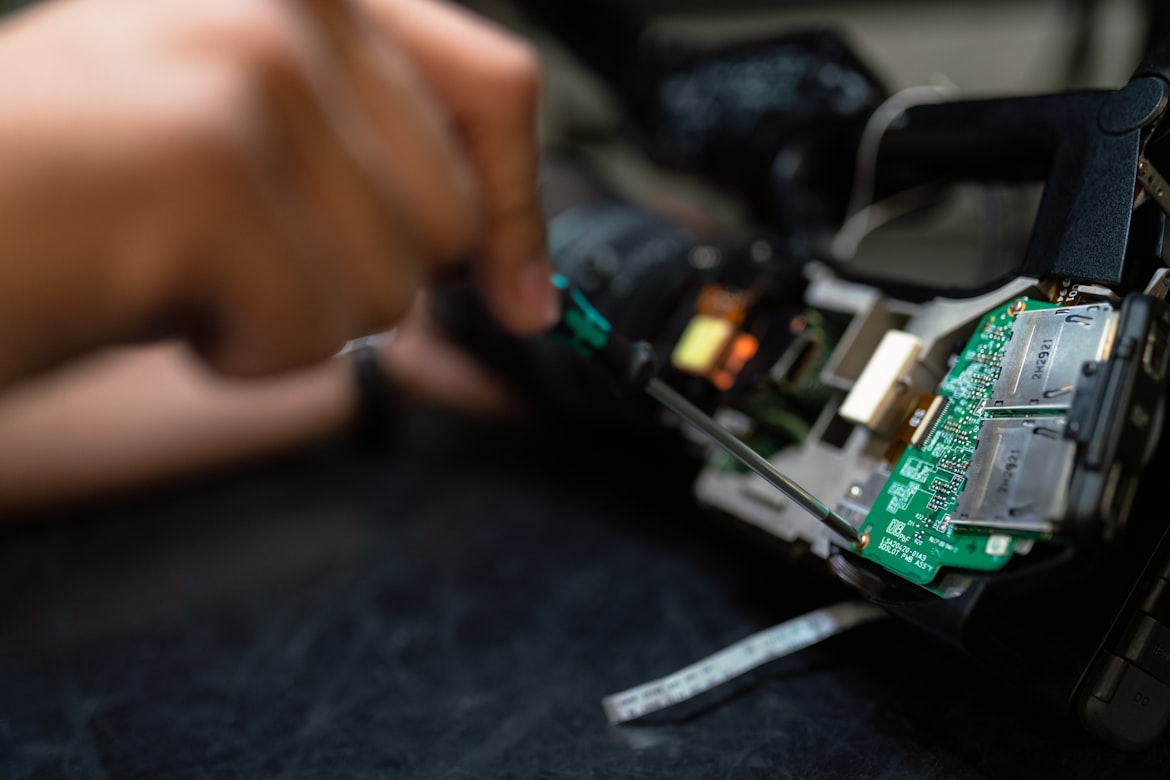Unlocking Earth's Diary
How Lee Hsiang Liow's Fossil Forensics Rewrote Evolutionary Rules
"I am no longer afraid of being wrong or ignorant—that's when science begins."
—Lee Hsiang Liow, 2020 Schuchert Award RecipientThe Paleontology World's Nobel Prize
The Charles Schuchert Award isn't just another scientific prize. Named after a pioneering Yale paleontologist, it honors researchers under 40 whose early-career work transforms our understanding of life's history 2 . Past winners read like a hall of fame: Stephen Jay Gould (1975), David Raup (1973), and Philip Gingerich (1981)—scientists who decoded mass extinctions, evolutionary rhythms, and whale origins 6 .
In 2020, this distinction went to Lee Hsiang Liow, a Singaporean-born innovator who turned fossilized seashells into time machines revealing Earth's deepest ecological secrets 1 6 .
Her journey coincided with a revolution. Paleontology had evolved from "stamp collecting" (as critics sneered) into a data-rich science where AI, statistics, and fossil records converge to predict life's future in a changing climate.
Charles Schuchert Award
Under 40
1973
Stephen Jay Gould
Yale University
From Tropical Forests to Deep Time: An Unlikely Paleontologist

Lee's path defied expectations. As a teenager in Singapore, she vowed never to study biology—her parents and sister had already claimed that field. But a professor's offhand suggestion to read Stephen Jay Gould's essays ignited a spark. Problem: Singapore offered no paleontology courses. Undeterred, she studied conservation biology, planning to save living ecosystems.
Everything changed at the University of Chicago. Under legendary theorist Leigh Van Valen—creator of the Red Queen Hypothesis (the idea that species must constantly evolve to survive)—Lee found her calling. Van Valen's office, "so full of stacks of books one hardly had space to stand," became her sanctuary 1 . He pushed her to overcome paralyzing self-doubt: "Speak even if you're wrong. Science grows through questions."
Her mentor, Scott Lidgard, armed her with statistical tools to interrogate fossils. "He taught me to ask how—not just what," Lee recalls. One question drove her: Can past species interactions predict future biodiversity as the planet warms? 1 3
Decoding Nature's Battles: The 2-Million-Year Experiment
The Clam-Brachiopod War
In 2015, Lee tackled a 250-year-old paleontological puzzle: Why did clams outcompete brachiopods after near-twin origins 550 million years ago? Both are shelled marine invertebrates, yet clams diversified explosively while brachiopods dwindled to 1% of marine species 3 .
Conventional wisdom blamed clams' "superior" anatomy. Lee suspected this was a just-so story. She designed a forensic experiment:
Methodology: Fossil Forensics 101
- The Crime Scene: 12,000 fossil specimens from New Zealand's Wanganui Basin—a 2.5-million-year sedimentary archive.
- The Suspects: Clams (bivalves) vs. brachiopods across 4,000 generations.
- The Evidence:
- Body size (a survival proxy)
- Spatial overlap (who lived where)
- Armor thickness (defensive investment)
| Variable | Measurement | Evolutionary Insight |
|---|---|---|
| Body Size | Shell length (mm) | Larger species often withstand environmental stress |
| Spatial Overlap | % co-occurrence in sediment layers | High overlap = intense competition |
| Armor Thickness | Microns of shell carbonate | Defense investment against predators |
| Origination/Extinction | Species appearances/disappearances per layer | Survival under pressure |
Results: The Underdog's Revenge
Lee's data shattered myths:
- Clams weren't "better": When brachiopods had size or armor advantages, they held their own.
- Competition mattered less than environment: Sea-level changes impacted brachiopods 3× more than clam rivalry 3 .
- Losers can persist: Some brachiopods survived by "hiding" in deep-water refuges ignored by clams.
| Interaction Type | Frequency | Outcome |
|---|---|---|
| Size Advantage | 38% of pairs | Larger species won 89% of conflicts |
| Armor Advantage | 27% of pairs | Thicker shells won 76% of conflicts |
| Environmental Sieve | 62% of cases | Sea-level shifts caused 80% of extinctions |
| Coexistence | 21% of pairs | Niche separation (depth/soil type) enabled truces |
The Fossil Detective's Toolkit
Lee's work blends Jurassic sediments with Silicon Valley statistics. Here's her essential kit:
CMR Models
Estimates species' origination/extinction from patchy fossil records. Used for calculating extinction probability in ostracods 3 .
Multivariate SDEs
Untangles climate vs. competition impacts. Revealed sea-level change as brachiopods' true nemesis .
Bryozoan Archives
Filter-feeding colonial animals with exquisite fossil preservation. Used for tracking 40-million-year predator-prey arms races 1 .
Occupancy-Detection Models
Corrects for "invisible" species in fossil layers. Proved 62% of "rare" brachiopods were simply undersampled 3 .
Red Queen Simulations
Tests whether species co-evolve or stagnate. Confirmed mammals evolve faster near rivals 8 .
Beyond the Award: A Legacy of Mentorship

Lee's impact transcends publications. At Oslo University, she built a paleobiology program where none existed. Her lab thrives on collaborations with biologists, statisticians, and climate scientists. "She taught us that fossils aren't dead rocks," says colleague Trond Reitan. "They're data loggers from past climate crises." 1
Her 2020 Schuchert Award address—delivered virtually during COVID-19 lockdowns—echoed Van Valen's wisdom: "Stay curious, support each other, and question even your heroes." Today, she mentors marginalized students, echoing her own journey as an "Asian woman in a field where I never saw people like me" 1 5 .
Why Paleontology Is Your Future's Crystal Ball
Lee's work proves that paleontology isn't just about dinosaurs. Her discovery that sleep-or-hide mammals survived mass extinctions 5× better 3 informs modern conservation: maybe resilience beats dominance. Her models now predict coral reef collapse and invasive species spread as oceans warm.
As species vanish at unprecedented rates, Lee Hsiang Liow's fossil forensics offers more than history—it's a survival toolkit for tomorrow.